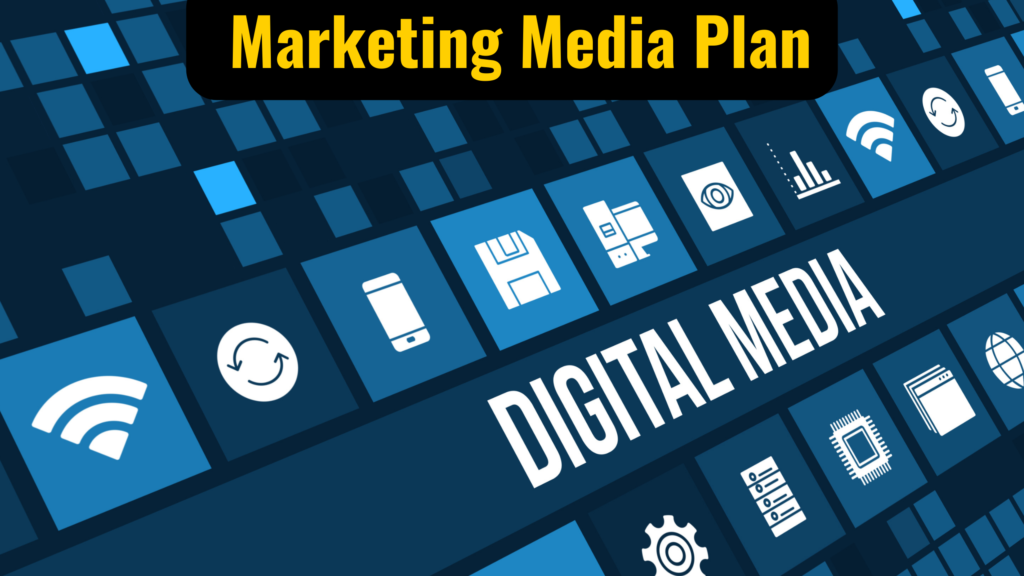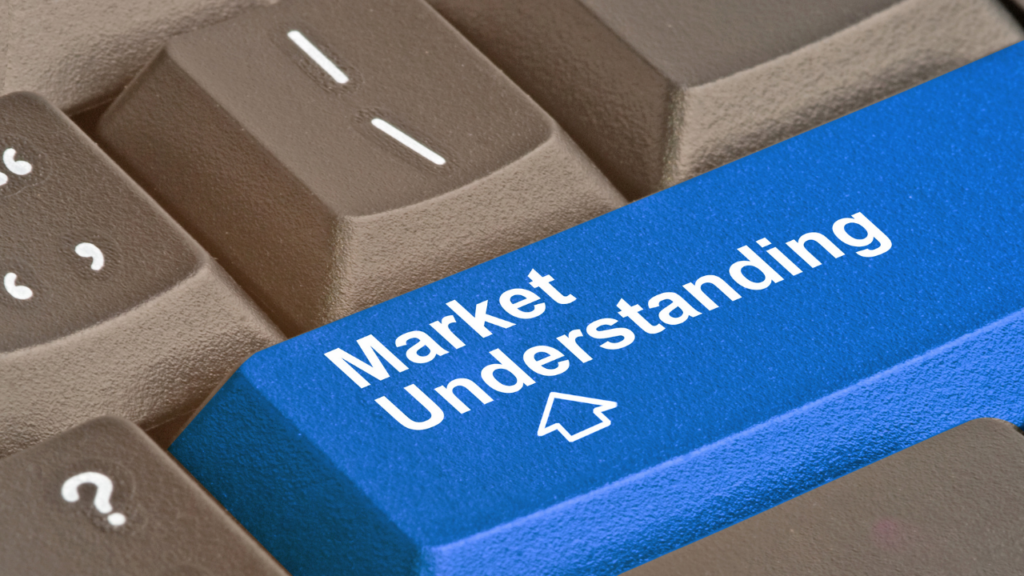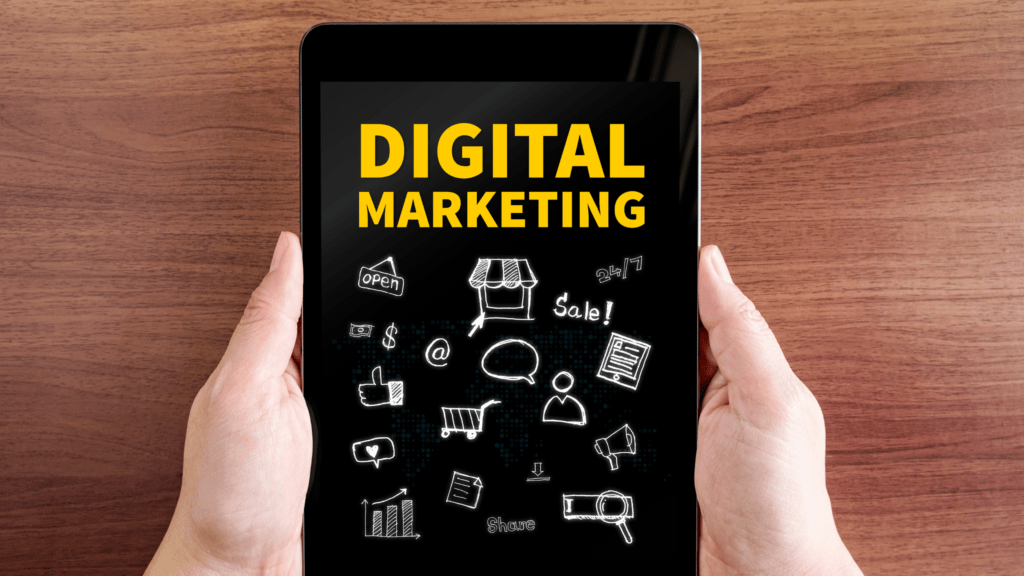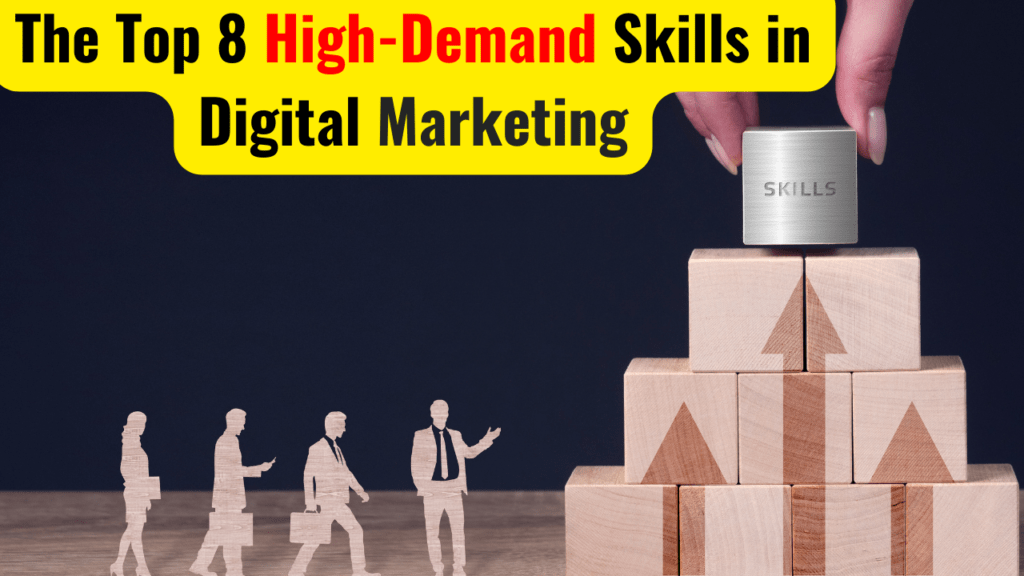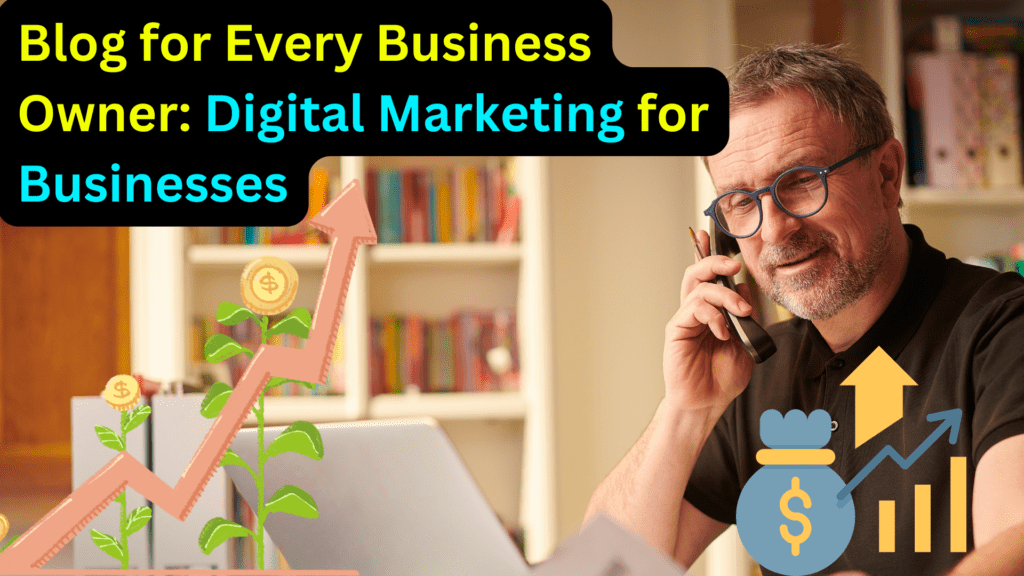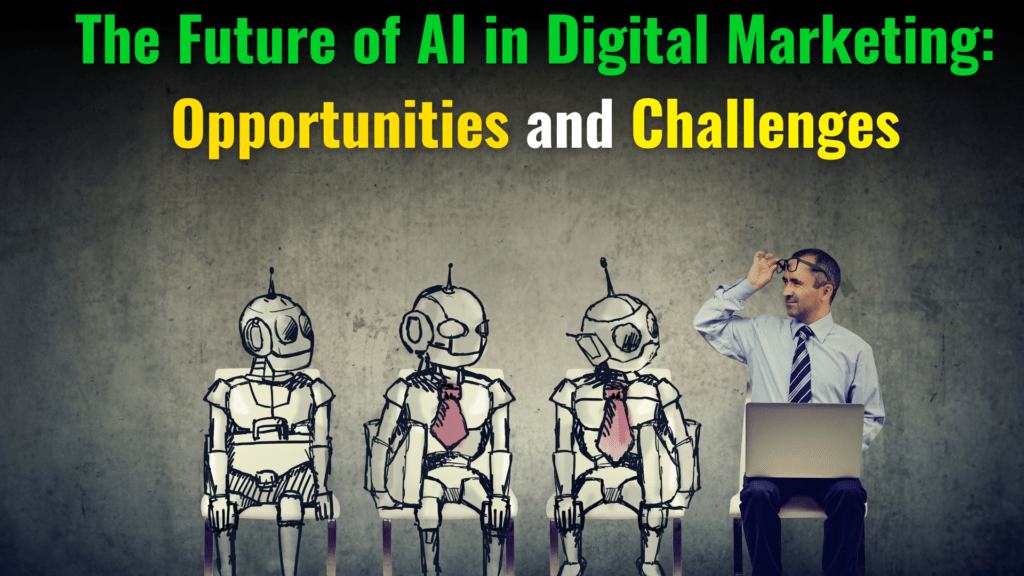Media Planning: A Comprehensive Guide
Unlocking Success: A Step-by-Step Guide to Crafting an Effective Media planning is a crucial aspect of advertising that involves identifying the most effective media platforms to advertise a client’s brand or product to their target audience. This process is not just about choosing the right platforms; it’s about maximizing the impact of advertising campaigns and ensuring they reach their target audiences as effectively as possible. What is Media Planning? Media planning involves working within advertising agencies or media planning and buying agencies. The aim is to develop appropriate strategies using creative thinking and research. These strategies are designed to ensure that campaigns reach their target audiences as effectively as possible. Knowledge of media and communication platforms is applied to identify the most appropriate mediums for building awareness of a client’s brand. Types of Media Planning Work Media planners work with various platforms: Press Television Radio New media, especially the internet via websites and mobile apps Other more unusual platforms include promotions on buses and taxis. Responsibilities of a Media Planner As a media planner, you’ll need to: Work with the client and the account team to understand the client’s business objectives and advertising strategy. Liaise with the creative agency team, clients, and consumers to develop media strategies and campaigns. Work on several projects at the same time, often for several different clients. Make decisions on the best form of media for specific clients and campaigns. Undertake research and analyze data using specialist industry resources. Identify target audiences and analyze their characteristics, behavior, and media habits. Present proposals, including cost schedules, to clients. Recommend the most appropriate types of media to use, as well as the most effective time spans and locations. Work with colleagues, other departments, and media buyers either in-house or in a specialist agency. Make and maintain good contacts with media owners, such as newspapers, magazines, and websites. Manage client relationships to build respect and gain their trust in your judgment. Proofread advertisement content before release. Maintain detailed records. Evaluate the effectiveness of campaigns to inform future ones. Salary ExpectationsTypical starting salaries for junior, assistant, and basic media planner/buyer positions range from £15,000 to £22,000. As a media planner with several years’ experience and managerial or team leader responsibilities, salaries are in the region of £25,000 to £40,000. At a senior level, salaries range between £50,000 to £80,000+. Working Hours You’ll usually work 40 hours a week. However, this isn’t a 9 am to 5 pm job. You’ll be required to have a flexible approach to your working hours. The role demands regular extra hours. For example, you may need to make new business pitches often at evening presentations. You’ll also be working extra hours to meet client-led deadlines. What to Expect Media planning is a high-pressure, fast-moving profession. Most agencies are based in London with others in major cities such as Edinburgh, Glasgow, and Manchester. However, opportunities in other areas are starting to increase. Large media independents are increasingly international in scope. Many are part of a larger media and communications group whose parent company may be based in another European country or in the USA. Large agencies may represent not only regional and local clients but also national and international clients. You’ll be office-based but will travel within a working day. Occasional overnight stays will be necessary depending on the international standing of the company you work for. The job involves a high level of contact with clients and media owners so includes a degree of socializing. Qualifications Although this area of work is open to all graduates and those with an HND, having degrees or HNDs in certain subjects may increase your chances: Business or management Communication and media studies English and journalism Marketing Psychology Statistics While it’s not impossible entry without a degree or HND is less common, but not impossible. Experience in advertising, marketing, or related fields can be beneficial. Skills Required As a media planner, you’ll need to have: Strong research and analytical skills to understand market trends. Excellent communication skills to present your strategies to clients and team members. Creativity and imagination to come up with innovative campaign ideas. Good negotiation skills to get the best advertising slots for your clients. Attention to detail and ability to work under pressure and meet deadlines. Career Prospects Media planning offers a wide range of opportunities for career advancement. With experience, you can progress to senior planner, media manager, and eventually media director roles. Some media planners also choose to specialize in a particular type of media or industry. The Future of Media Planning As we move further into the digital age, the role of a media planner is evolving. Traditional forms of media such as television, radio, and print are still relevant, but digital platforms are becoming increasingly important. This includes social media, search engine marketing, email marketing, and mobile apps. The rise of data analytics is also changing the landscape of media planning. With access to more data than ever before, media planners can gain deeper insights into consumer behavior and preferences. This allows for more targeted and personalized campaigns. In addition, technology such as artificial intelligence (AI) and machine learning are being used to automate and optimize media planning processes. These technologies can analyze large amounts of data quickly and accurately, making it easier for media planners to make informed decisions. Challenges in Media Planning Despite the exciting opportunities in media planning, there are also challenges that professionals in this field need to navigate. These include: Keeping up with changes: The media landscape is constantly changing, with new platforms and technologies emerging all the time. Media planners need to stay updated on these changes and adapt their strategies accordingly. Data privacy: With the increased use of data in media planning, issues around data privacy and security are becoming more important. Media planners need to ensure they are complying with data protection laws and ethical guidelines. Measuring success: Determining the success of a media campaign can be complex. It’s not just about
Media Planning: A Comprehensive Guide Read More »

